#mt. vesuvius
Text
In the ruins of Pompeii, there is a room inside a house where two men were painting on the day Mt. Vesuvius erupted in AD 79.
The master painter was at work on the fresco itself, twining vines in green, men and women looking out of the image to one side. His partner, probably an apprentice or lesser, younger painter, was laying down fresh plaster nearby. We know it was fresh because the pumice left significant pockmarks in it as it dried that we can still see today.
There are holes where a shelf stood holding the different colors of paint, in the wall just below the unfinished fresco. We found jars of paint on the floor - red green blue white yellow black. We found his tools, the brushes and the pot of lime that kept the paint wet.
He spilled lime on the painting.
We can tell that, too. It is caked clear as day over the unfinished work.
In a documentary I am watching, an Italian anthropologist discussing the moment of eruption looks to the cameraman and says, with real sincerity, "We found their tools, but we didn't find them. We hope that they ran away, that they survived."
Next door, a baker left his livestock behind when he fled. We found the skeletal remains of the animals who helped to move the millstone, but we did not find the baker.
Not that we are certain of, anyway.
I just wanted to take a moment to think about a modern Italian anthropologist looking at unfinished paintings and bread turned to stone by ash and time, hoping to himself that those people made it out in time.
We are separated by almost two thousand years, but we still have empathy for lives facing terror beyond their understanding. We still hope against hope that two painters ran out of town and made a new life somewhere else, that they escaped before the final pyroclastic flows descended.
We hope the baker moved to another town.
We recognize ourselves in what was left behind, and hope that these people - who could have been us, but for a trick of time and place - had a fighting chance to survive.
I just.
Sometimes, I love people.
I love us.
423 notes
·
View notes
Photo


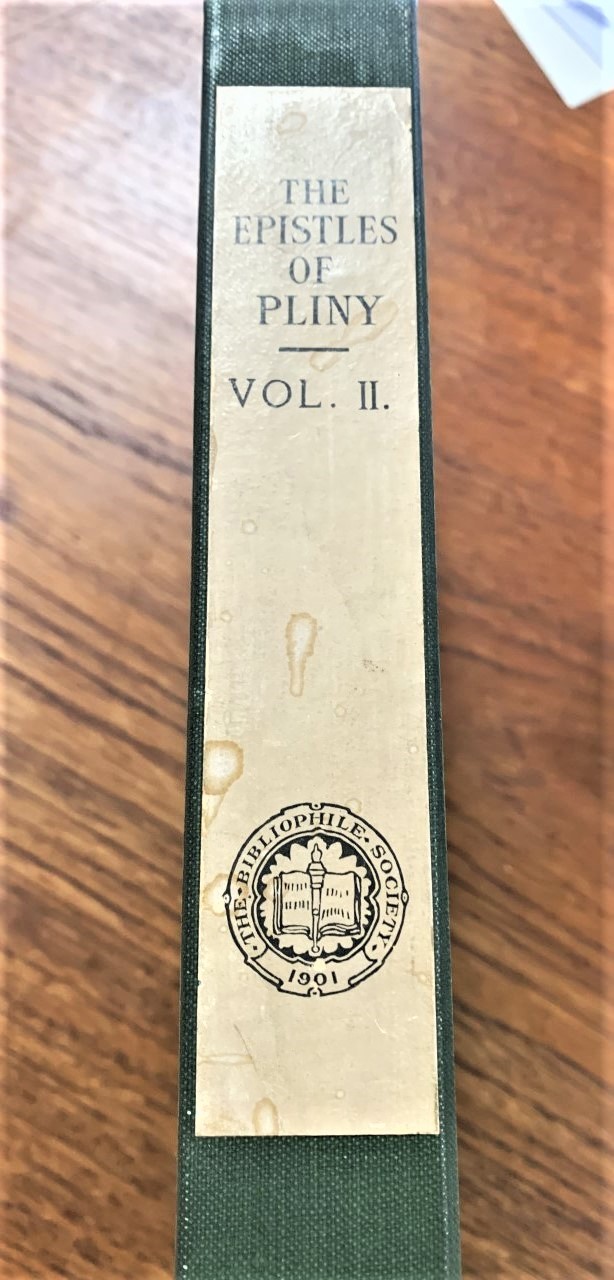

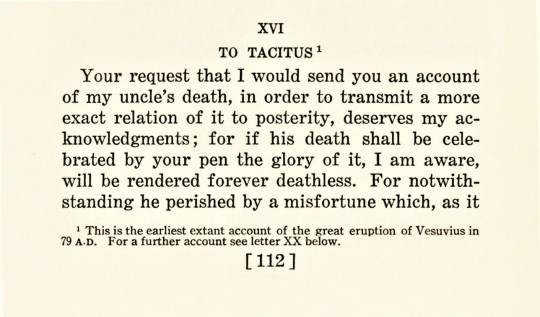

The Eruption of Mt. Vesuvius
The Eruption of Mt. Vesuvius in 79 CE remains one of the deadliest natural disasters in recorded history. Not only did the volcano destroy the economically powerful city of Pompeii, but Herculaneum, Oplontis, Stabiae were also buried and thus lost to the Roman Empire. The number of victims is unknown, but given the size of the four cities, estimates have reached over 18,000 individuals.
Today only one first-hand account of this horrific event survives in two letters from Pliny the Younger to the Roman historian Tacitus. They are preserved as letters 6.16 and 6.20 in the collected Epistles of Pliny. Among our holdings of the works of Pliny is this 3-volume set of the Epistles with William Melmoth’s 18th-century translation edited by Clifford Herschel Moore, and printed by the Harvard University Press in an edition of 405 copies for members of The Bibliophile Society, Boston, in 1925.
While the term ‘volcanic eruption’ evokes scenes of lava and fire, the reality is much more frightening. Curiously, there is no word for volcano in the Latin language. While ancient Romans were aware of the destructive power of volcanoes, there’s some debate about whether they were aware that Vesuvius was a volcano before its eruption. Signs of the eruption began back in 62CE with a great earthquake that caused much of the city to collapse. Smaller earthquakes continued over the next 15 years until one was accompanied by the rise of a column of smoke from Mt. Vesuvius in October 79 CE.
The hot gases that made up the column of smoke began to cool, darkening the sky, and not long after a rain of pumice began to fall, and after 15 hours ceilings began to collapse. Nevertheless, many residents chose to take shelter rather than flee. At 4am the first 500C pyroclastic surge barred down the volcano, burying Herculaneum. Six more of these surges occurred before the end of the eruption, destroying Pompeii, Oplontis, and Stabiae.
The 17-year old Pliny was in the port town of Misenum across the Bay of Naples from the volcano at the time. Pliny’s uncle, Pliny the Elder, commander of the Roman fleet at Misenum, launched a rescue mission and went himself to the rescue of a personal friend. The elder Pliny did not survive the attempt. In Pliny the Younger’s first letter to Tacitus, he relates what he could discover from witnesses of his uncle's experiences. In a second letter, he details his own observations after the departure of his uncle.
Mt. Vesuvius is still active and according to volcanologists, erupts about every 2000 years, which would be right about now. Who will be our next Pliny the Younger?
Our copy of The Epistles of Pliny is another gift from our friend and benefactor Jerry Buff.
View more of my Classics posts.
�� LauraJean, Special Collections Undergraduate Classics Intern
#Classics#classical history#Roman History#Mt. Vesuvius#Eruption of Mt. Vesuvius#Pliny the Younger#Epistles of Pliny the Younger#Pliny the Elder#Tacitus#William Melmoth#Clifford Herschel Moore#Harvard University Press#The Bibliophile Society#volcanic eruptions#Pompeii#herculaneum#Oplontis#Stabiae#Jerry Buff#LauraJean
90 notes
·
View notes
Text
today while working I am thinking about (spins wheel)
Mount Vesuvius and the Olympic Torch being old men. Vesuvius is more of a grandpa type and the Torch is more of a cranky old neighbor. they fight all the time about ridiculous shit. they embody the ancient Greece vs. Rome feud. ALWAYS on each other’s ass about the STUPIDEST shit that happened Three Thousand Years Ago, Guys, get over it!!!! they’re QPRs but the R stands for Rival
#mod post#puppet history#watcher entertainment#mt. Vesuvius#Olympic torch#I Will be drawing their Gijinkas soon. i prommy#st. nick’s bones is Also a grandpa but he doesn’t give a Shit about em. genuine What The Fuck Are You Two Talking About moments
34 notes
·
View notes
Photo

Old Vintage USAF Photo EYE OF THE VOLCANO Mt. Vesuvius Naples Italy vernacular image taken during a United States Air Force reconnaissance mission circa 1954
#Eye of the Volcano#Mt. Vesuvius#Naples#Italy#Vintage USAF#United States Air Force reconnaissance mission#1954#vernacular photography#aerial photography
54 notes
·
View notes
Note
There's some writing on the wall near the Bergooz car. I think it says "Phosphorus fucked(?) here". According to Wiki, Phosphorus may refer to the morning star, as in Lucifer Morningstar (Satan!). I think the "professor" may actually be possessed, possibly trying to silence Ryan bc he is the one foretold to "save the day somehow". idk where the hologram stuff comes in. There was also a shadow and footsteps after the strange sound– Satan or the real professor trying to send Ryan a sign?
I THINK YOU’RE RIGHT- I’ve enhanced (read: zoomed in) the image and I agree
I think it’s doubly layered too because of this moment from the mt. vesuvius episode 👀

#aly answers#watcher#puppet history spoilers#puppet history season 5#puppet history#mt. vesuvius#the Professor
7 notes
·
View notes
Text
Trojan War Frescoes Discovered in New Pompeii Excavation
After Mt. Vesuvius erupted in A.D. 79, it completely covered the city of Pompeii, a once sophisticated Roman city full of art and culture.
The ash of the volcano preserved much of the city, which has slowly been unearthed over the last several centuries. For over 250 years, the site has become a popular tourist attraction, as well as a place for archaeologists to discover lost art and…

View On WordPress
0 notes
Text

Mt. Vesuvius
The #Landsat 8 satellite 🛰️ was overhead when clouds parted for a glimpse of Mount #Vesuvius—one of the most dangerous volcanoes on Earth. https://go.nasa.gov/33jxDaz 🌋
#nasa#nasa photos#nasa picture of the day#nasa earth#Mt. Vesuvius#Mt. Vesuvius playing peekaboo#nasawebb
1 note
·
View note
Text
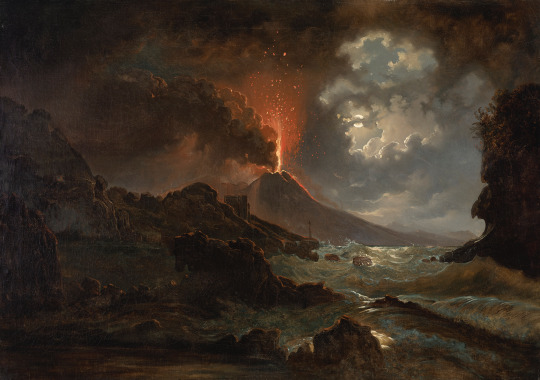
Vesuvius Eruption at Night overlooking the Scuola di Virgilio, 1822
by Josef Rebell
#josef rebell#joseph rebell#vesuvius#art#mount vesuvius#mt vesuvius#vesuvio#volcano#volcanoes#italy#mediterranean#europe#european#eruption#eruptions#night#sky#moon#clouds#sea#moonlit#moonlight#full moon#waves#landscape#romantic#virgil#roman#ruins#naples
893 notes
·
View notes
Text

This carbonized cradle is the only example of its kind from Roman antiquity that has come down to us. It was preserved by the eruption of Mt Vesuvius and it was discovered in Herculaneum with a tiny infant skeleton still inside.
#:(#herculaneum#cradle#ancient world#ancient rome#roman empire#ancient culture#ancient history#mt vesuvius
237 notes
·
View notes
Text

Crushing some hot dogs and sodas at a family picnic at Lake Vesuvius Recreation Area.
Ohio
1952
#vintage camping#campfire light#ohio#camping#history#family#hot dogs#road trips#mt vesuvius recreation area#1950s
104 notes
·
View notes
Text
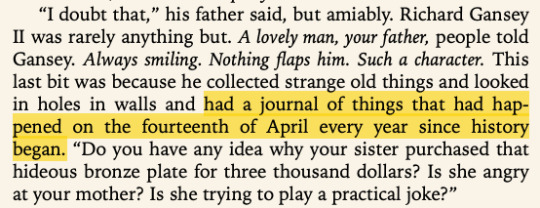
very important day for richard gansey ii apparently
#rchl#trc#the following happened on april 14th:#lincoln assassination 1865#mt vesuvius eruption 1906#john singer sargent death 1925#titanic iceberg collision 1912#amongst many other events listed in a wikipedia page i just spent 10 minutes staring at#mt vesuvius and sargent's death are not in that article but i had them written down in my chapter notes
378 notes
·
View notes
Text
"Buddies"
Located in the ancient city’s wealthy quarter, the sprawling House of the Vettii was owned by Aulus Vettius Restitutus and Aulus Vettius Conviva, who became rich by selling wine after being freed from slavery.
Theories in the past have suggested that the two men were brothers, but it is more likely that they met when enslaved and had the same master, whose name was Aulus Vettius, according to Gabriel Zuchtriegel, the director of Pompeii archaeological park.
“If they were from the same family the first two names would have been different and they would have the same surname,” he said. “It was uncommon to have biological siblings who were slaves and then set free, because family ties were cut with slavery so it’s very unlikely they were brothers. It’s more likely that they were buddies during their time as slaves and then set free.”
#lgbt history#queer history#ancient rome#79 ad#lgbt#queer#lgbqti#aulus vettius restitutus#aulus vettius conviva#gay#mount vesuvius#ancient pompeii#house of the vettii#archaeology#mt vesuvius#pompeii
262 notes
·
View notes
Text
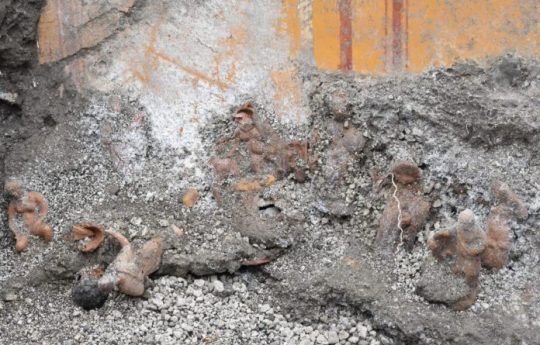
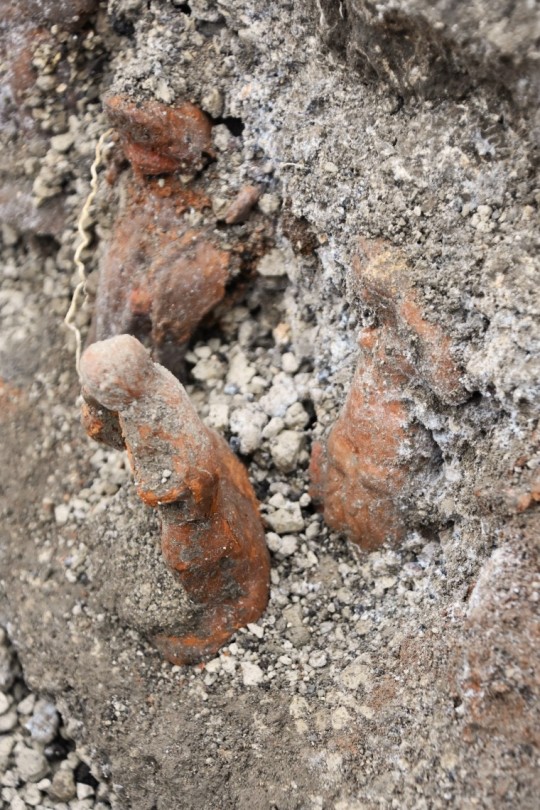
Terracotta Figurines Found During Excavations at Pompeii
Archaeologists have unearthed 13 terracotta figurines during excavations of a domus at Pompeii.
Pompeii was a Roman city, located in the modern commune of Pompeii near Naples, in the Campania region of Italy.
Pompeii, along with the Roman town of Herculaneum, were buried under 4 to 6 metres of volcanic ash and pumice during the eruption of Mount Vesuvius in AD 79.

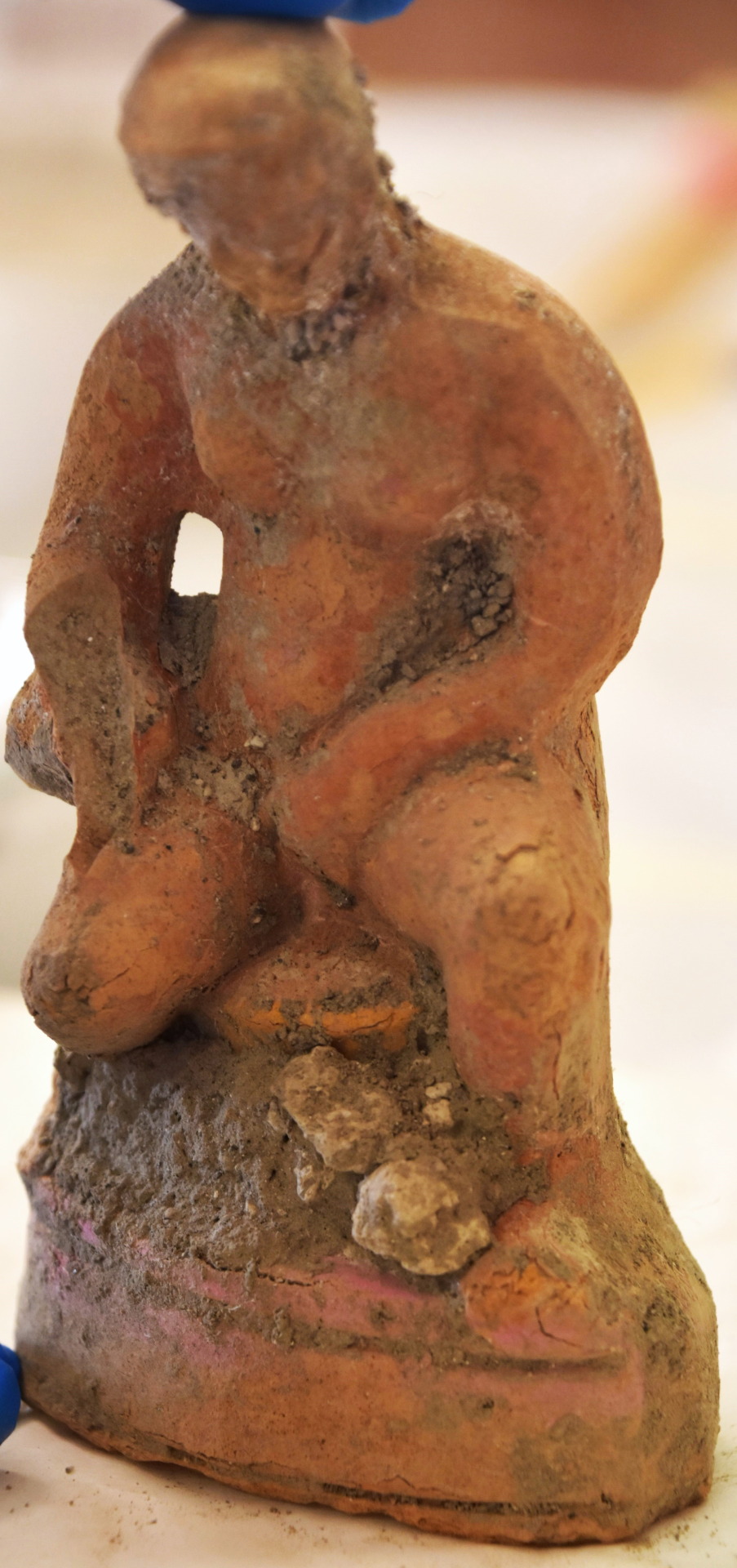
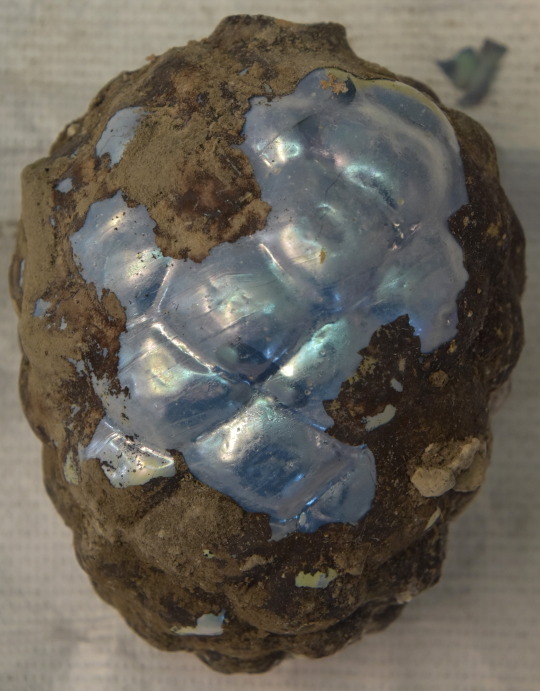
The Vesuvian eruption spewed forth a deadly cloud of super-heated tephra and gases to a height of 33 km, ejecting molten rock, pulverised pumice, and hot ash at 1.5 million tons per second, ultimately releasing 100,000 times the thermal energy of the atomic bombings of Hiroshima and Nagasaki.
Recent excavations of a domus adjacent to the “House of Leda and the Swan” along the Via del Vesuvio have revealed 13 terracotta figurines measuring around 15 centimetres in height.
According to the researchers, the figurines may be associated with Cybele and Attis, a telling of the story of the Phrygian great mother goddess’s tragic love for a mortal.
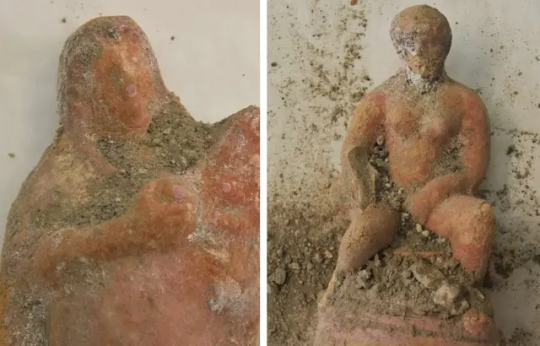

Attis, was unaware of the love Cybele bore him, and in time fell in love with the daughter of the king of Pessinus. Consumed by jealousy, Cybele drove Attis to madness, leading him to castrate himself and tragically end his life at the base of a pine tree.
The figurines where found in what was likely the decorated atrium within the domus, where archaeologists also uncovered the head of a clay rooster and a glass pine cone.
Ongoing works at the House of Leda (first excavated between 2018 and 2019) have also revealed a finely frescoed room with roundels containing depictions of female faces, in addition to two further domus dwellings to the north and south of Leda’s house.
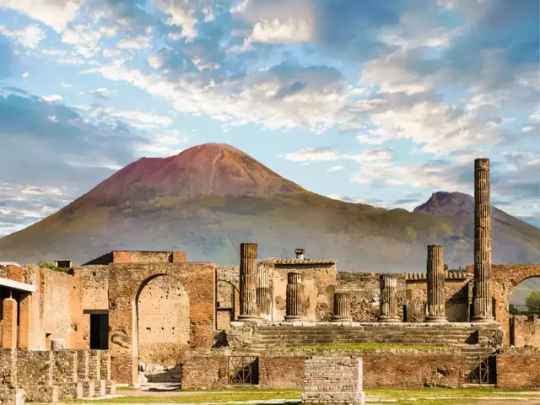
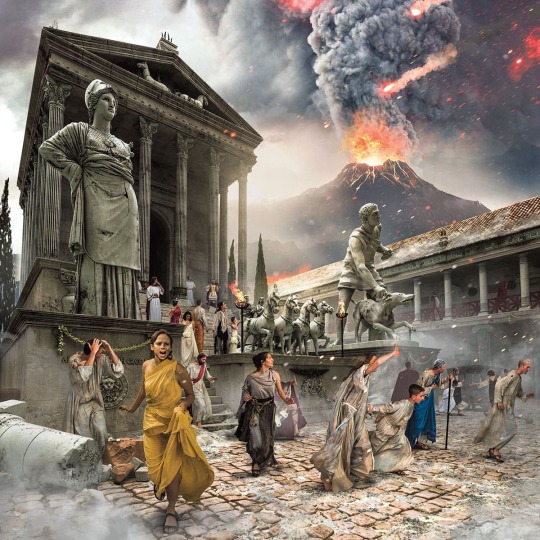
#Pompeii#Terracotta Figurines Found During Excavations at Pompeii#House of Leda and the Swan#Via del Vesuvio#Cybele and Attis#mt vesuvius#ancient artifacts#archeology#archeolgst#history#history news#ancient history#ancient culture#ancient civilizations#roman history#roman empire#roman art
30 notes
·
View notes
Text
#puppet history#watcher entertainment#watcher#for goofs also because im genuinely curious#I'm totally making up these titles btw it was silly#impossible to choose theyre all bangers... but im partial to mt vesuvius bc i think about 'ashes up their asses' every roman art hist class
105 notes
·
View notes
Text
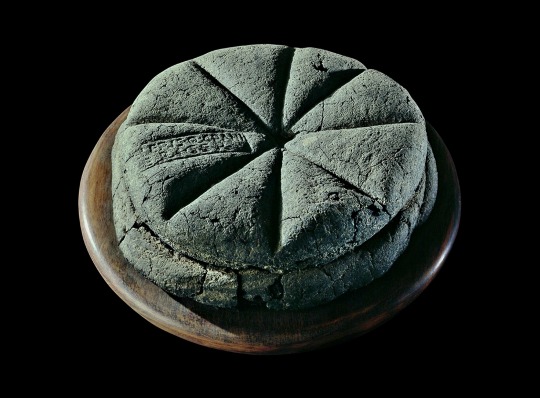
Carbonized Bread from Pompeii
10 notes
·
View notes
Text

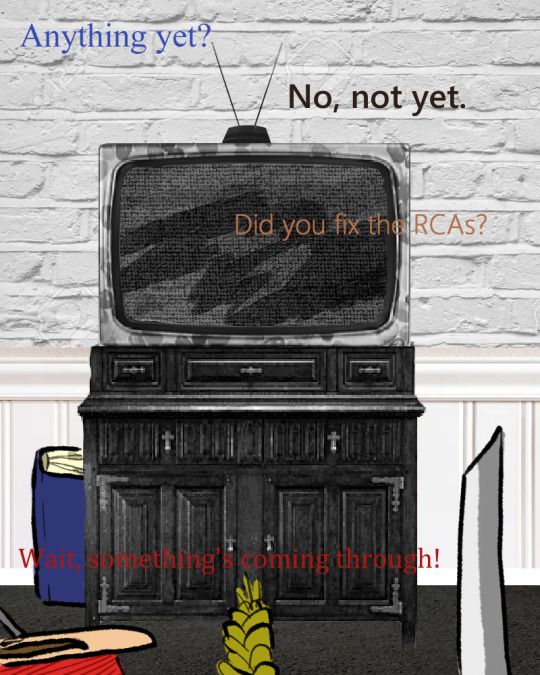




... this took a while, and it may not have been what you were expecting. But the first thing that came to my mind is 'They're only able to tune in right during the fight and see it without context and assume the worst,' which was funny at first, but Now,
Now,
#puppet history#watcher entertainment#the professor puppet history#the professor ph#gay oars#oars ph#book ph#tiny wheat ph#birch trees ph#mt. vesuvius ph#spool ph#stool of gold ph#hahaha. ha. boy#on a lighter note: i love putting together stock photo backgrounds for the wondrium arena crew asks. its so fun#also picking out individual fonts for everybuddy..... told u i was Very into this
50 notes
·
View notes